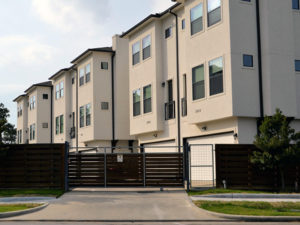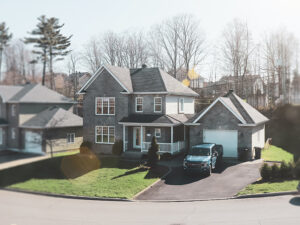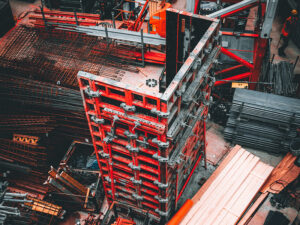The 2022 real estate market outlook experienced many ups and downs during 2022. Higher mortgage rates, lower house sales, and dropping lumber prices has created a unique environment where homebuyers are moving away from making that first home purchase. Inflation and higher prices across the product market, from food to gas, forced people to have deep concerns on how to manage their monthly budgets. These factors have caused the build-to-rent market to surge this year.
07 November, 2022










